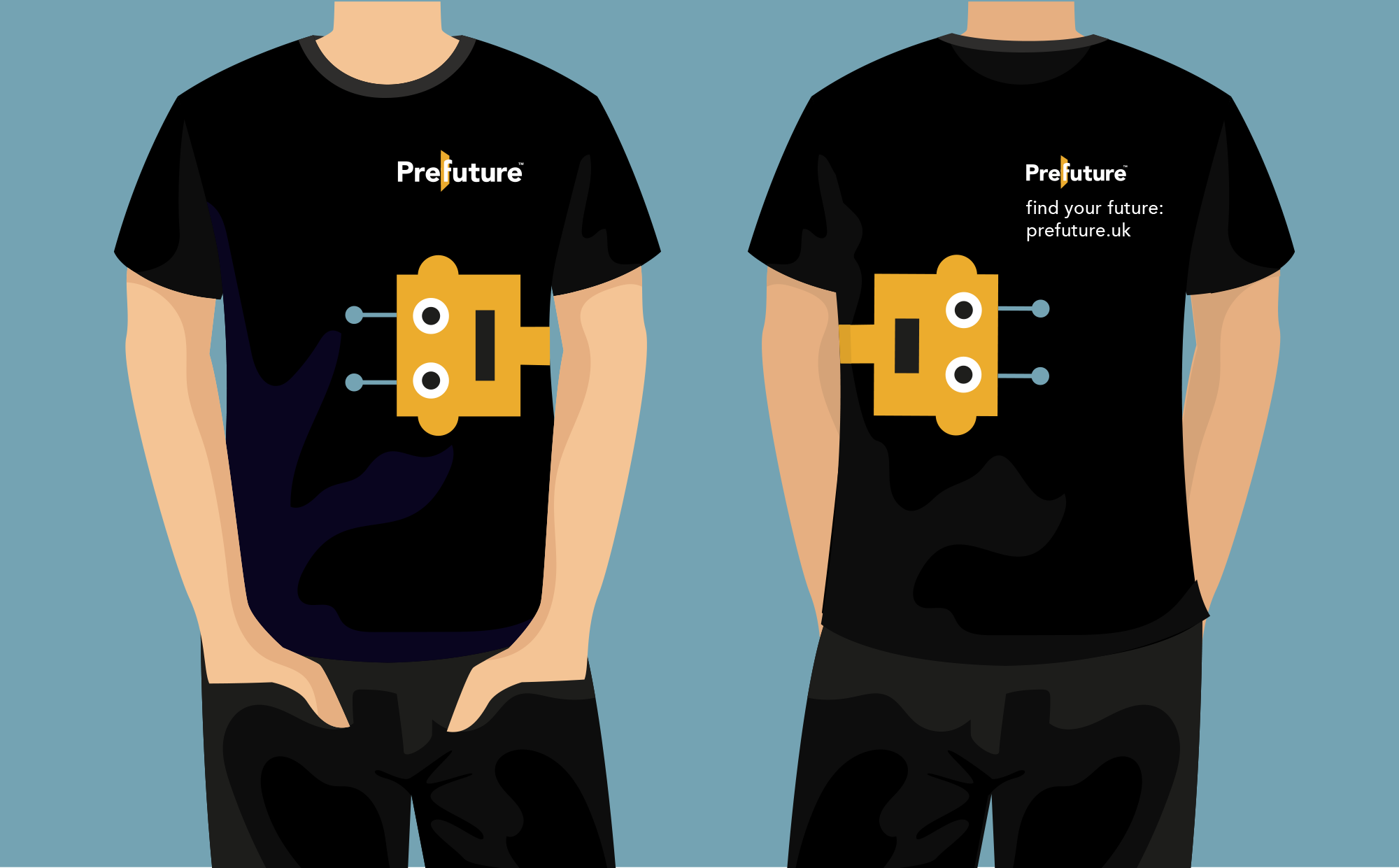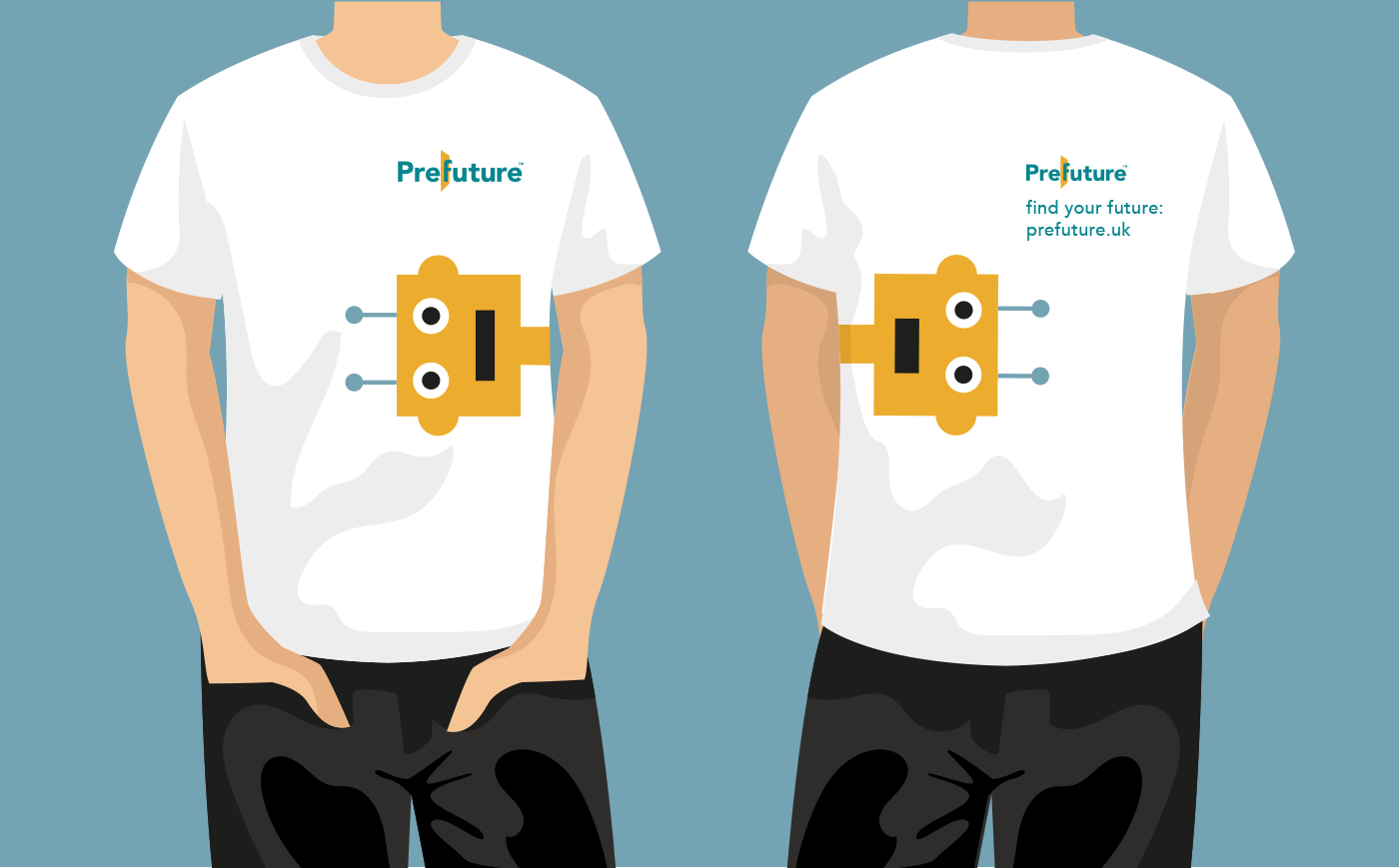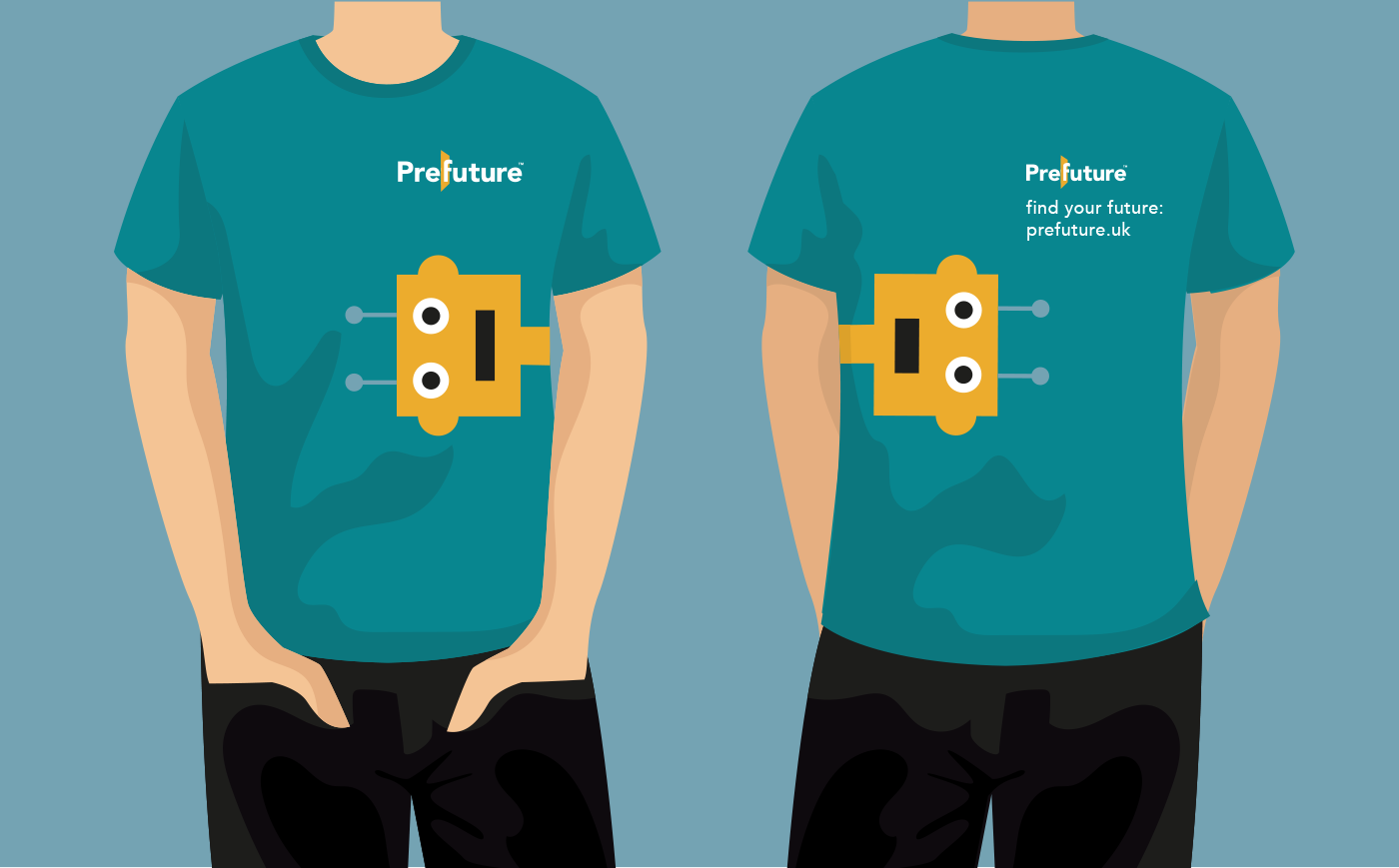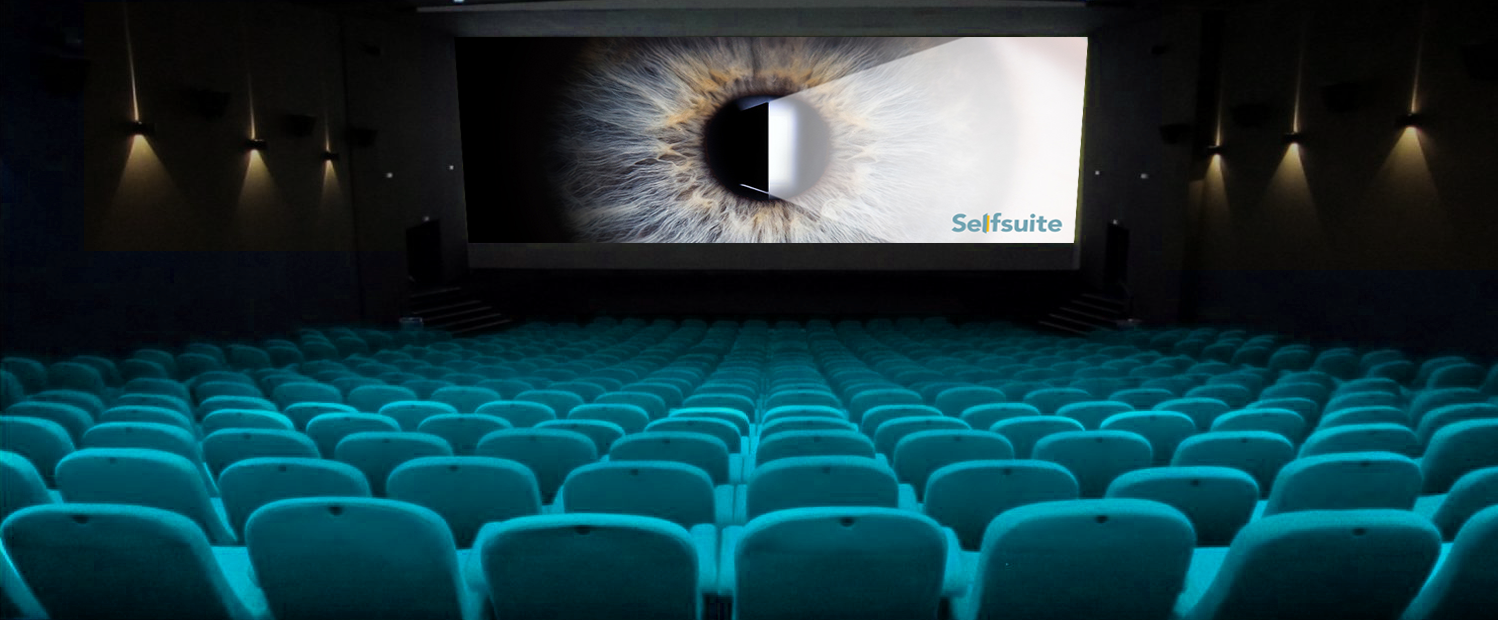Marketing and Sales Promotions Strategy
1. UK market size and segmentation
The current population of 13 – 16 year olds in the UK is 8,285,168.
For the purposes of targeting it is practical to divide this Total Available Market into four age bands which correspond to young people’s position in the education system. The segments are:
13 to 14
15 to 17
18 to 22
23 to 28
Young people in each of these age groups are required to make specific decisions regarding their education.
The needs of all four of these market segments are met by the functionality of Selfsuite®.
Initially, the focus of marketing efforts will target the 15 to 18 year age group for two reasons:
First, the academic calendar required them to make firm decisions regarding their further and higher education, and
second, at this age many young people will have the means to pay for a Selfsuite® subscription without first requesting the permission of their parents.
It is predicted that addressing the core 16 – 18 segment will have a collateral benefit which will reach and attract users from the other three market segments. At this stage it is not yet possible to provide a reliable estimate of the take-up rate of the eight module launch product but it is anticipated that the MVP will provide a reliable indicator from which other calculations can be extrapolated. The MVP contains a modest incentive offer to stimulate user registration.
With future product releases it is proposed to address the market with a combination freemium and premium subscription offer, the specific details of which have yet to be decided. This pricing structure capitalises on the small but consistent proportion of Early Adopters of all new products and will provide an immediate revenue stream. The larger portion of users, who will be encouraged to Register, will then be addressed through an email and notification based Conversion Programme. Implicit in all marketing activity will be Referral Mechanisms that maximise the potential Network Effect, which is the most cost-efficient method to achieve rapid growth.
2. Marketing mix
It is logical to assume that Social Media is likely to be the most significant marketing communication channel for the 13 – 24+ target audience. However, there are a number of well-publicised concerns regarding the addictive use of social media platforms and therefore it is important to construct campaigns in such a way as to ensure these perceptual negatives are not transferred to Selfsuite®.
Selfsuite® is currently evaluating smart systems that would track and optimise social media spend and minimise waste.
From a strategic standpoint we have developed plans to evaluate a mix of five marketing channels; two digital, two traditional and a fifth which is a combination of the two. It must be stated that social media will be used to integrate the channels and to maximise cost-effectiveness, cross-community influence, synergy and impact.
The objective is to achieve the lowest customer acquisition cost and to stimulate a network effect across the target audience to accelerate take-up and achieve rapid and significant market share among both freemium users and premium paying subscribers. The modular construction of the platform applications makes it possible to configure access to achieve these commercial objectives.
In marketing terms the central tenet will be to combine digital and traditional sales promotion techniques.
3. Mass distribution
The rise in the use of social media has attracted an ever-increasing share of advertising budgets across every commercial sector. It is therefore perhaps counter-intuitive to consider traditional advertising and sales promotion channels. However, it is precisely because the social media is the dominant choice that a considerable opportunity may exist within the FMCG sector, it is a matter of identifying the best host to promote awareness of Selfsuite® to a mass audience and to distribute an incentive to potential users.
There is no doubt that even though education choices most affect the individual student that the selection process is still subject to consideration within the family. There are a number of brands and products that have significant long-established market share and nationwide distribution.
4. FMCG piggy-back promotions
Many of these household brands have existing social responsibility programmes which are specifically designed to enhance public perceptions, support sales and protect their market share. Frequently these initiatives are related to education.
Putting together these factors it is feasible that a large brand such as Kellogg’s, Nestlé, Colgate, Cadbury etc. would be interested in hosting a Selfsuite® promotion.
If this proves to be the case Selfsuite® would simply provide artwork and the required quantity of Discount Vouchers for enclosure in the product. The cost of packaging would be borne by the host brand.
The resulting promotion would be integrated with the online environment through a number of readily available digital tools designed for this purpose.
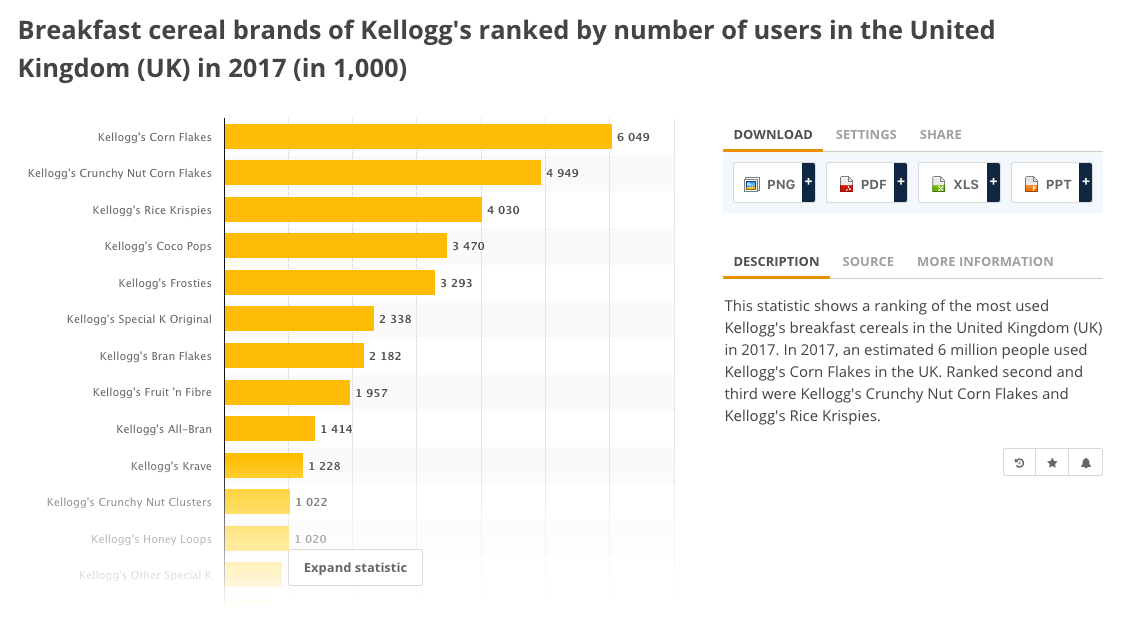
The full benefit of a test of this nature may not be realised in the UK market which is relatively homogeneous and small geographically. If the approach is successful in the launch market it could provide significant benefits in accelerating access to a large market such as the USA and the multi-national market of Europe.
6. Retail
Retail provides a second channel to create awareness and to generate traffic to the platform.
The advantage of piggy-back promotion that utilises a retail chain is that it is possible to test a variety of creative approaches at extremely low cost. The second advantage is that response can be tracked to a very precise locality and attributed to a specific promotional approach.
The Creams Cafe chain has around 90 franchise operated outlets nationwide and also a small Social Responsibility Programme which has an education element:
How does Creams Foundation support the community?
If possible Selfsuite® would negotiate a cross-promotion scheme through which a Creams offer would be distributed to our registered users either as a reward for engagement or as a conversion incentive.
7. Merchandising
Branded promotional merchandise is a well-proven means to extend the reach and impact of a company’s marketing.
From inception we have planned to offer a range of branded goods at discounted prices which users can purchase only with credits. This introduces an element of exclusivity and collectable appeal to a range of otherwise ubiquitous products.
This approach to incentive scheme design, introduces a mechanism through which to fuel social media content and activity. It creates a meaningful link between the digital world, that our target audience inhabits and the physical world in which they attend school.
The intention is to purchase in volume and to price the items at break-even prices so that the users access to the range also functions as an incentive to engage with the platform and to provide the data required to optimise its functionality.
8. Motivational award and loyalty scheme
The other dimension to the scheme is to introduce a ‘qualifying’ filter to the distribution of the Selfsuite® branded merchandise range. This would function in the same way as the Karate belt grading system. For instance, all newcomers can use the credits they have earned to purchase a white t-shirt – but only those who complete a set of pre-determined activities to a specific use level – would qualify to purchase a black t-shirt.
This infers status and a sense of achievement on the wearer and creates a meaningful connection between what they do on the platform and what this means in the real world.
9. Direct promotions via school channels
There are 3,408 secondary schools in the UK. It is our research indicates that a large proportion of schools would welcome support in providing meaningful careers advice.
Traditional direct marketing can be an extremely effective as a means to address this market with printed marketing collateral, like the User Guide poster shown above, which is attractive and has a high possibility of being displayed on classroom walls.
To implement a highly refined and response efficient direct marketing initiative to UK schools, Selfsuite® would engage the services of a specialist company who could provide the highest quality data and lists.
The founders have first-hand experience creating and implementing youth oriented campaigns that have delivered cost-effective results.

10. YouTube channels
YouTube provides an opportunity to engage with potential young users of Selfsuite® together with existing users, parents, teachers, employers and other stakeholders concerned with the education and employment of young people.
A Selfsuite® YouTube channel would offer content tailored to each of these demographics, and would also include a regular short video featuring Patrick talking about some aspect of Selfsuite® in relation to a topical issue in education, training and employment. Patrick has extensive experience of media work (TV and radio); videos featuring him would be used to raise the profile of Selfsuite® in much the same way (but with a different style) that videos by Scott Galloway have raised the profile of L2inc in the US.
Recent research published by Ofcom (Children and Parents: Media Use and Attitudes Report – 29 November 2017) and Flint (Social Media Demographics 2018 – February 2018) shows that more than eight in ten 5-15s now use YouTube, which is also the most recognised content brand among 12-15s. YouTube is the most important social platform for young people, who say that It is the one they would turn to first for all types of content they feel is important to them, and the one they say they would miss the most if it was taken away. Use of YouTube is also highly prevalent in the age group of the parents of these young people too.
Selfsuite® videos will separate into two distinct channels. One will be based on unique insights derived from aggregated data based on user input and behaviour. This will provide a significant point of brand differentiation and will be designed to provide a competitive advantage as well as to attract a wider audience among professional and parents. A second channel will contain youth-oriented brand videos and ‘how to’ video guides to support users in engaging fully with the software.
11. Local cinema advertising
The big screen provides an opportunity for precisely targeted and highly localised advertising.
The age profiles of the movie-going audience correlates very strongly with the target audience for Selfsuite® both amongst potential users and also their parents. The 15 to 24 age band is 28.4% of audience share and their parents in the 45 to 55+ age band makes up 24.6% of the audience. The opportunity to access an audience with a message that is relevant to 53% of them is a sixth promotional channel that must be evaluated.
Presenting Selfsuite® on the same cinema screen as a big-budget movie will endow the brand with a status and relevance that cannot be achieved with other marketing channels. This will further enhance the network effect and also support positive perception which will allow optimum pricing.
The two promotion videos produced by Selfsuite® demonstrate the potential to deploy a compelling, appealing and effective cinema scale commercial.
The style and approach is cost-effective and makes imaginative use of a wide range or stock footage which is available for licence.


